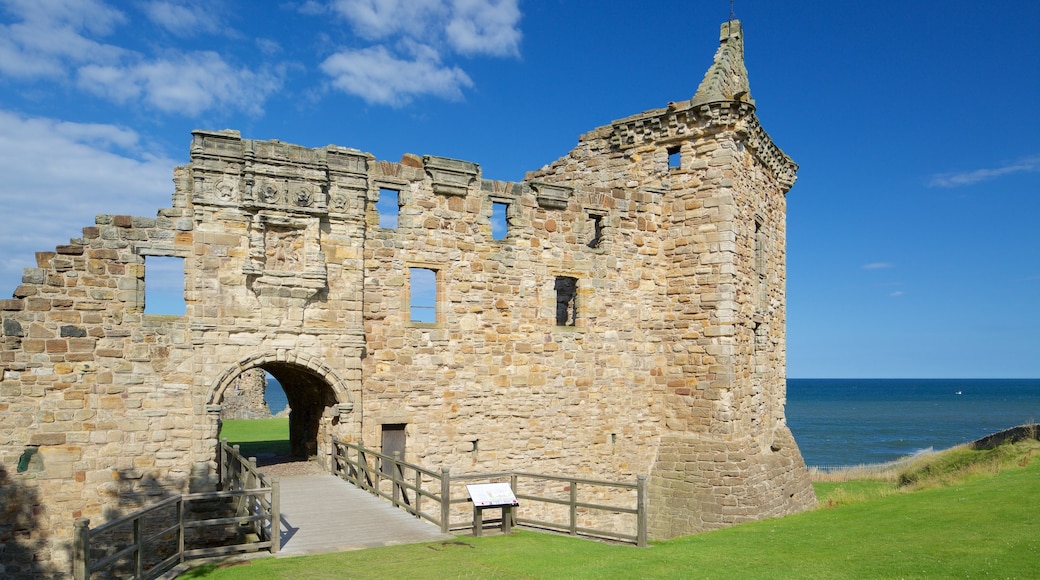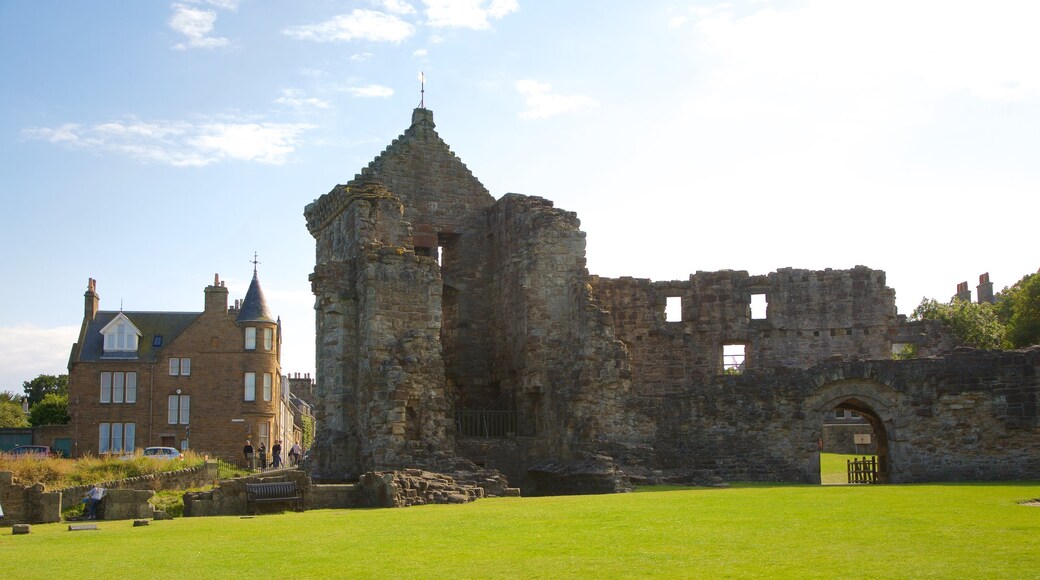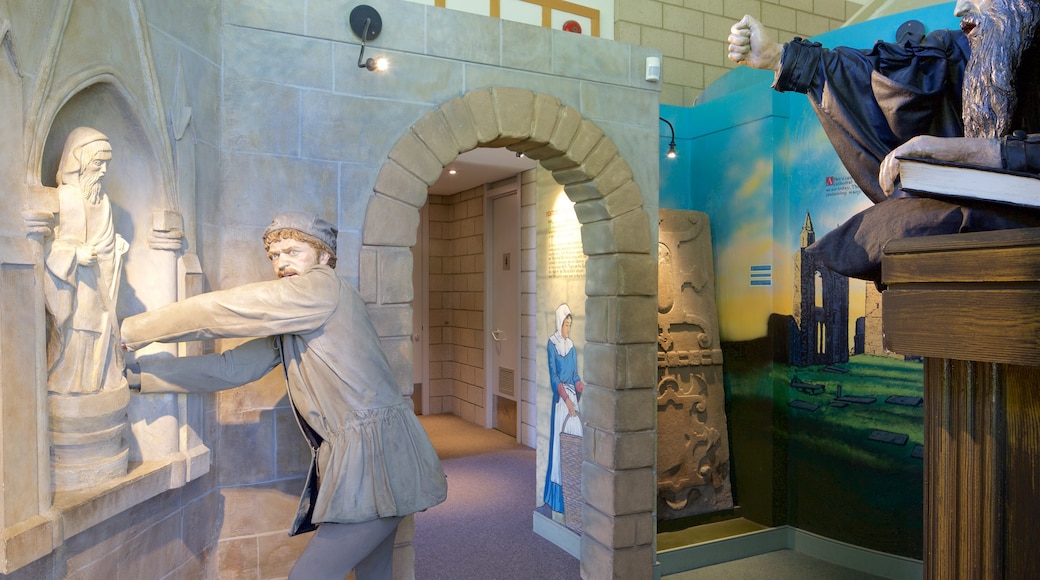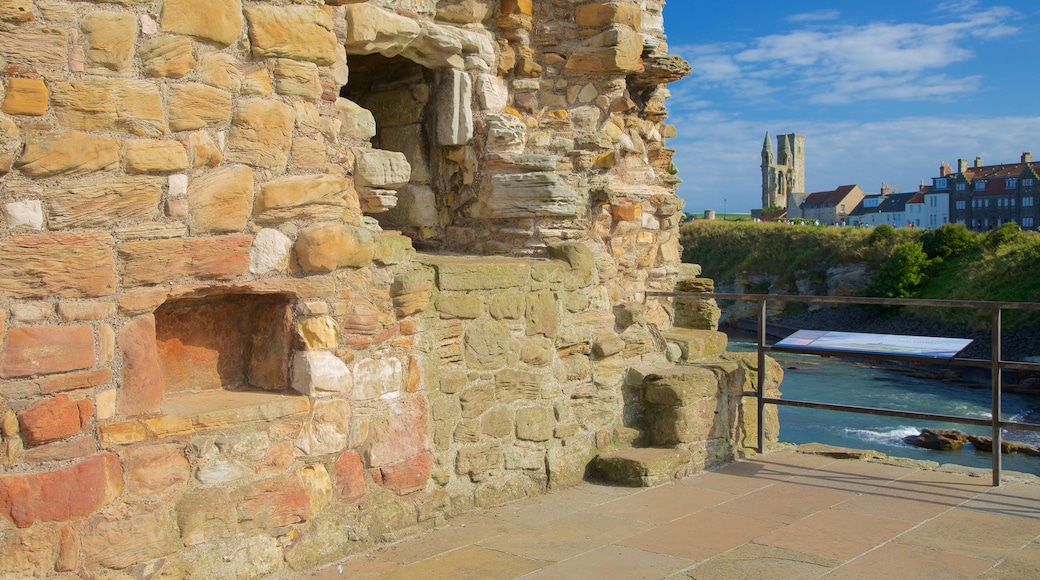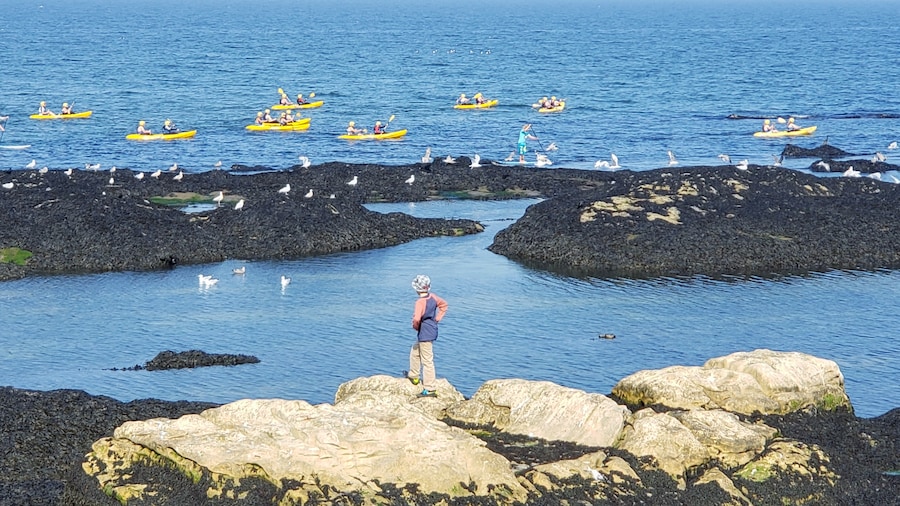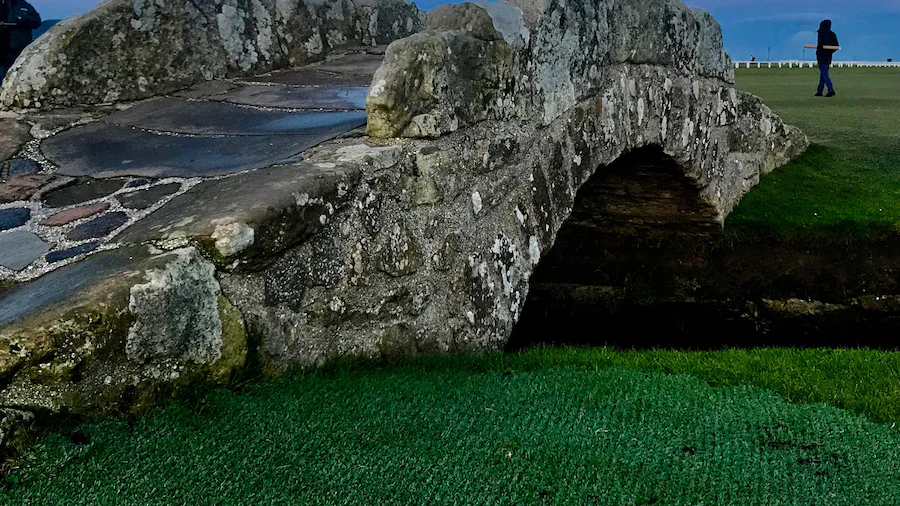St. Andrews Castle is a 13th-century vestige that overlooks a beach and the North Sea. Its picturesque location and rustic appearance ensure it is among the most visited of Scotland’s castles. Learn about the rich past of the castle where the archbishops of St. Andrews lived and many notorious prisoners were held.
From afar, capture photos of the castle looming over the water. Arrive at the visitor’s center to see exhibits on the structure’s history. Browse photos and drawings that tell the tale of the castle. Peruse the preserved relics from the Middle Ages.
Cross the charming bridge to enter the castle. The Bottle Dungeon, which was cut from solid rock, became one of the most infamous in medieval Britain. Hear tales about prisoners, such as religious reformists George Wishart and John Knox, who spent time in the castle.
Imagine being incarcerated in such a damp and dark place. The dungeon is entwined with a gory history of burnings at the stake and hangings.
Encounter the mine and counter-mine passages beneath the castle. These were part of the tensions between Protestants and Catholics in the 1500s. Walk through the creepy narrow paths partly illuminated by dim lights. Be aware that the mine is daunting and confining. Visit the best preserved parts of the castle, such as the kitchen tower and the south wall.
Wander through the grassy courtyard, which contains an open circular well. Enjoy the serene ambiance by the sea.
There is a fee to access the castle children get a discount. The site opens to visitors daily year-round from morning until late afternoon. Opening hours are shorter in winter.
St. Andrews Castle is in the northeastern part of the city. It is near many attractions, such as the Royal and Ancient Golf Club of St. Andrews, St. Andrews Cathedral and the University of St. Andrews.
